FORT McPHERSON, Ga. - Temperatures are getting low, but they still have a long way to go before they reach levels experienced by two Fort McPherson Civilian employees during tours with the Navy to Antarctica.
For Brenda Gourdin, Army Career and Alumni Program counselor, and Bruce Goodwin, chief fire protection specialist, Installation Management Command-Southeast, the 30-degree weather in Atlanta might as well be a sauna compared to the minus 60 degrees sometimes felt down south.
Still, the recent cold streak is defrosting some of those memories.
"I felt like I was back there," Gourdin said. Ironically, despite the harsh Antarctic climate, both Gourdin and Goodwin volunteered for their positions, albeit for different reasons.
"I had too much of the naval station in Philadelphia," Gourdin said. Despite being a food service and motel management specialist in the Navy, she had been serving at the base brig as a guard.
"I called my detailer and asked for change."
She was assigned back into a job more relative to her skills, as a night baker in support of the scientific community based at McMurdo Station, Antarctic.
Despite wearing more than 50 pounds of foul weather gear, the first time the plane door opened up to her new home, Gourdin said she was shocked by the chill.
"It hurt to breathe," she said. "It's the coldest, driest, windiest place on earth."
It wasn't too much better on her eyes, at least at first.
"It looked like a 1943 mining town," Gourdin said of McMurdo. McMurdo Station, an American Antarctic research center located on the southern tip of Ross Island on the shore of McMurdo Sound in Antarctica, is built on and surrounded by volcanic ash, creating a brown landscape around the camp.
Further out, away from the shore, brown gives way to white, where snow and ice claim the land.
"It's either white or brown," Gourdin said. Though scenery may change based on location and time of the year, one constant is the cold, even in the summer season.
"This time of the year, the highs are in the 30s or low 40s," Goodwin said. "In July and August, the coldest months, its 40 to 50 below," he said, adding that during his eight trips to Antarctica, he saw temperatures as extreme as minus 68 degrees without wind chill, with temperatures dropping to around minus 85 with wind chill.
Thus, heat because a necessity for survival.
However, Gourdin said the heat also causes the number one danger in the area: fire.
Fighting fire was Goodwin's job during his eight trips to the Antarctic. The need for such a specialty caused Goodwin, who served as a naval shipboard firefighter during his active duty naval stint, to volunteer for the National Science Department partnership position in 1974.
It was during that initial tour that he would learn skills and expertise that would get him requested for multiple other tours, including stints in 1980, from 1982 until 1987 and from 1990 until 1992.
"Fires are very serious. When there's a fire, you lose infrastructure critical to support," Goodwin said. "You can't just build replacements; everything is brought by a ship once a year and it is planned out for a year to 18 months in advance."
Thus, preventing this problem is extremely important, but is also full of its own problems.
"Water freezes if it is not moving," Goodwin said. "The main problem is to keep pumps from freezing."
Other issues included preventing frostbite from the blowback of water from the hoses and keeping equipment like hoses, pipes and water pumps from breaking, he added.
Like many tough problems faced in the Antarctic, solutions come from relying on each other and a little bit of ingenuity.
"You can't survive in Antarctica by yourself," Goodwin said. "It's a close-knit community,"
Gourdin said, especially during the winter over months, when most people leave and only a skeleton crew remains.
During her first overwinter tour from 1985 to 1986, Gourdin said there were only 135 people left behind.
Both Gourdin and Goodwin completed at least one five-month overwinter tour, which required additional survival training to survive the harsh winters. Such small numbers make everyone's contributions important to the overall mission, no matter what country an individual is from.
"There are 38 different countries there. People don't care about politics," Goodwin said, recalling how even in the heat of the Cold War, Americans and Russians were working side-by-side.
Goodwin said he learned that life is all about identifying needs and working to solve them, even if a fix might be a complicated one, during the creation of a warm water immersion tank.
A female worker, while driving, got stuck in melting ice and had to be rescued from the 32-degree salt water.
Soaked waist deep, she was in danger of hypothermia.
Although she was rescued and recovered, Goodwin said he saw the lack of such a tank, which helps restore core body temperature to normal.
Taking it upon himself, he helped draft up plans and create such a tub from an old, discarded water tank.
For all the harshness of the land, it contains an equal amount of beauty as well.
"Scientists say it is a natural laboratory," Gourdin said, stating it was a land unspoiled by man. "You just enjoy all the beauty."
World treaties, which prevent any country from using the land for commercial or military gain, helped ensure that natural habitat, Goodwin said.
This allowed scientists to study wildlife, geology, ice samples and other things untouched or corrupted by human influence.
Although there to support the scientific community, both Gourdin and Goodwin had plenty of interaction with scientists.
The two often accompanied them on excursions, and getting a chance to glance into their worlds, ventured to places like the geographic South Pole.
"Those were the best memories. I think about the camaraderie, the shared spirit and love of adventure," Gourdin said. "We went out to the valleys to study the marine life - penguins, seals, orca whales - to study the ice cores and to take air samples."
Gourdin added she was also there when scientists discovered the ozone hole in 1985.
Goodwin was also present during that time, although his memorable atmospheric event was from 1980.
"The most unique thing was in winter of 1980. A cosmic ray scientist said 'We're in trouble. There's been a major upper atmospheric disturbance in the northwest.'"
The event, which some speculated might have been a nuclear attack or meltdown of a power plant, turned out to be the eruption of Mount Saint Helens, Wash.
Other interesting discoveries Goodwin was present for were the discovery of a petrified forest and discoveries of ice core samples dating back 2,000 years.
Even when not on an expedition, there were always opportunities to learn, Gourdin said.
"There was a lot of mental stimulation. You're surrounded by the best and brightest," she said. "There are always lectures going on, always a way to learn."
And unlike today's era, where satellites, Internet, personal computers and DVDs are available, there was only one radio and television station for entertainment, and amateur radio and the military auxiliary radio system for communication, both of which could be rendered unusable for multiple days when atmospheric phenomena such as when the southern lights blocked reception.
Thus, expeditions and taking up new hobbies became a way to pass the time. Goodwin discovered a love of photography, creating a dark room in his fire station to develop slides and black and white prints.
He also said he took up hiking, trips to the ice caves and places like the South Pole, an adventure Gourdin also shared.
Such memories, and a desire to be with her husband, who worked with Lockheed and was assigned to Antarctica, caused Gourdin to later volunteer to return to Antarctica for three seven-month summer support tours between 1991 and 1993, as a barracks manager.
During these tours, she would stay during the summer months, and then leave during the five-month winter season.
"I'm game for adventure," Gourdin said. "I'm glad I did it." As for his own feelings, having spent years of his life in Antarctica, it is a no brainer where Goodwin's feelings lie.
"Antarctica is one of those places where you make a decision the moment you are at the door, you either love it or hate it," Goodwin said. "It's a really neat place with really neat people."
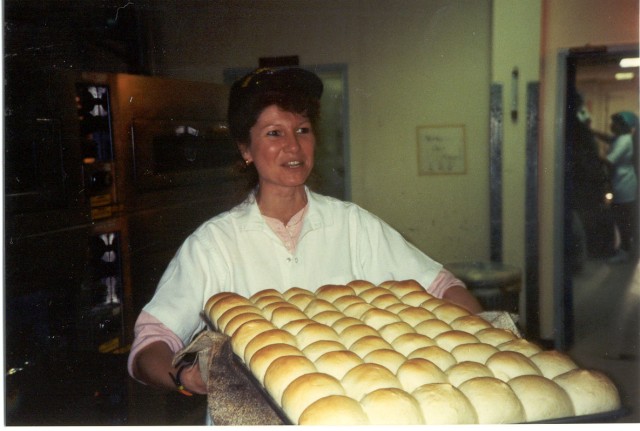
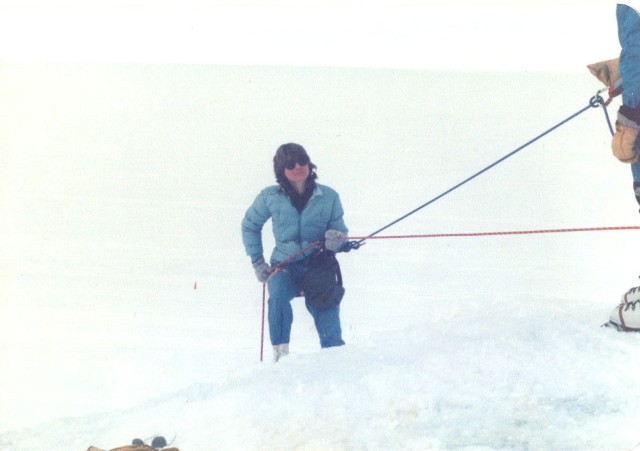
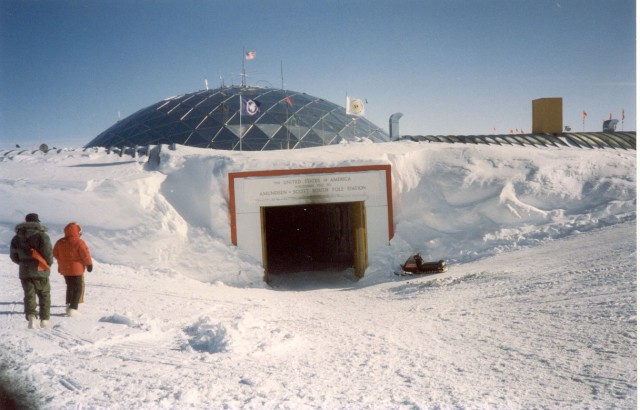
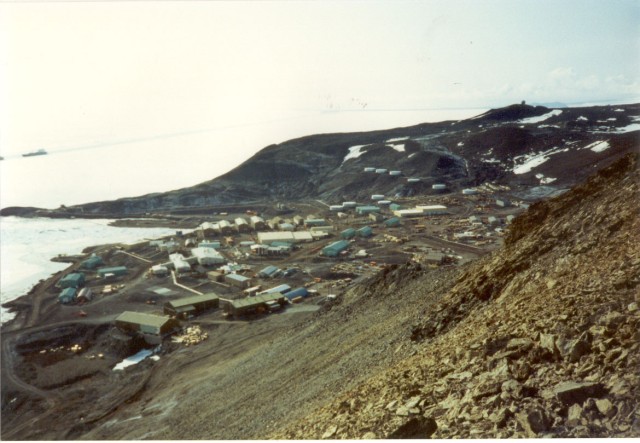
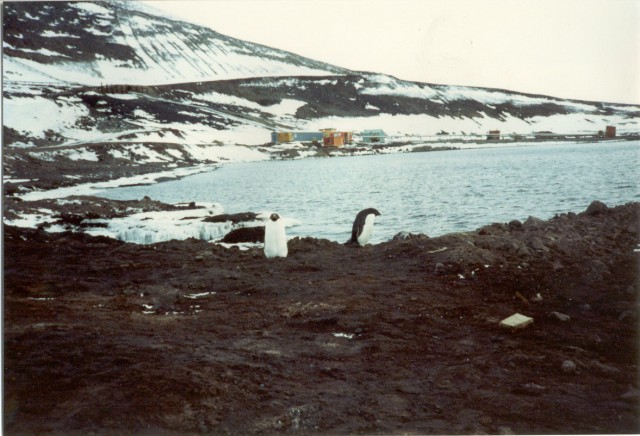
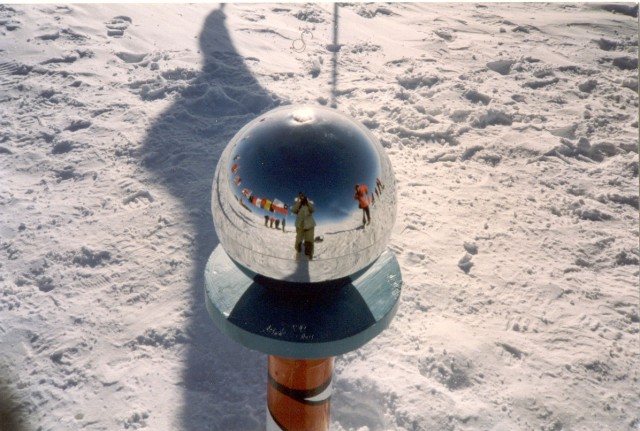
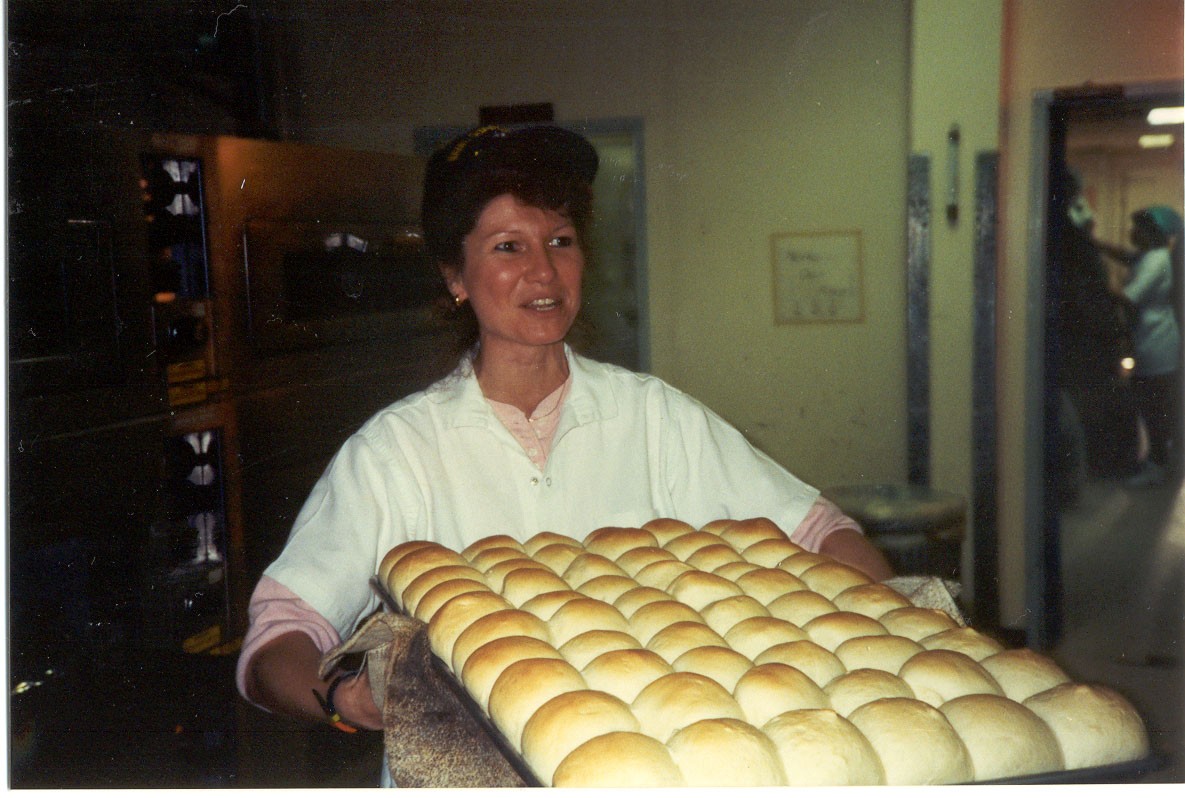
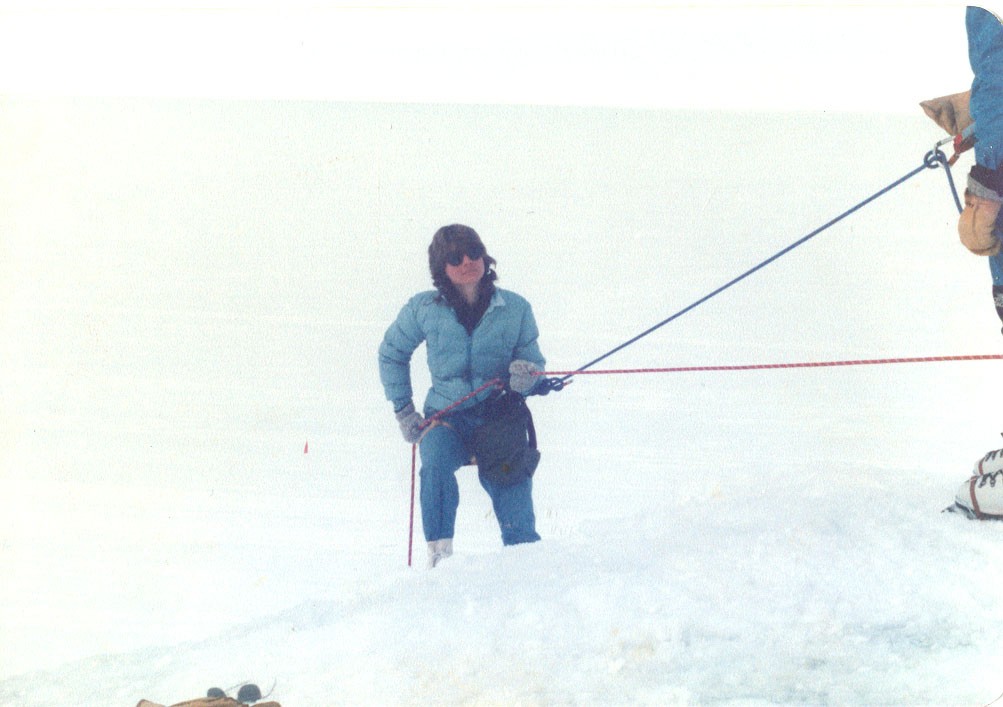
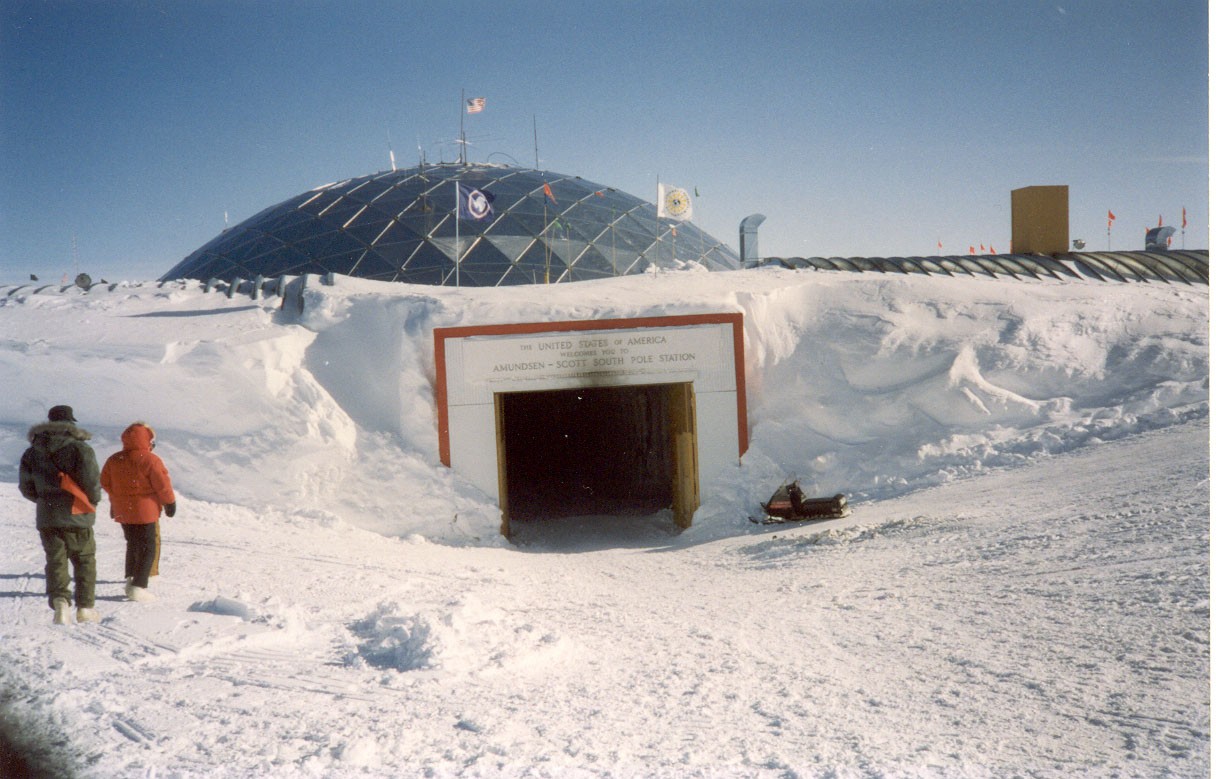
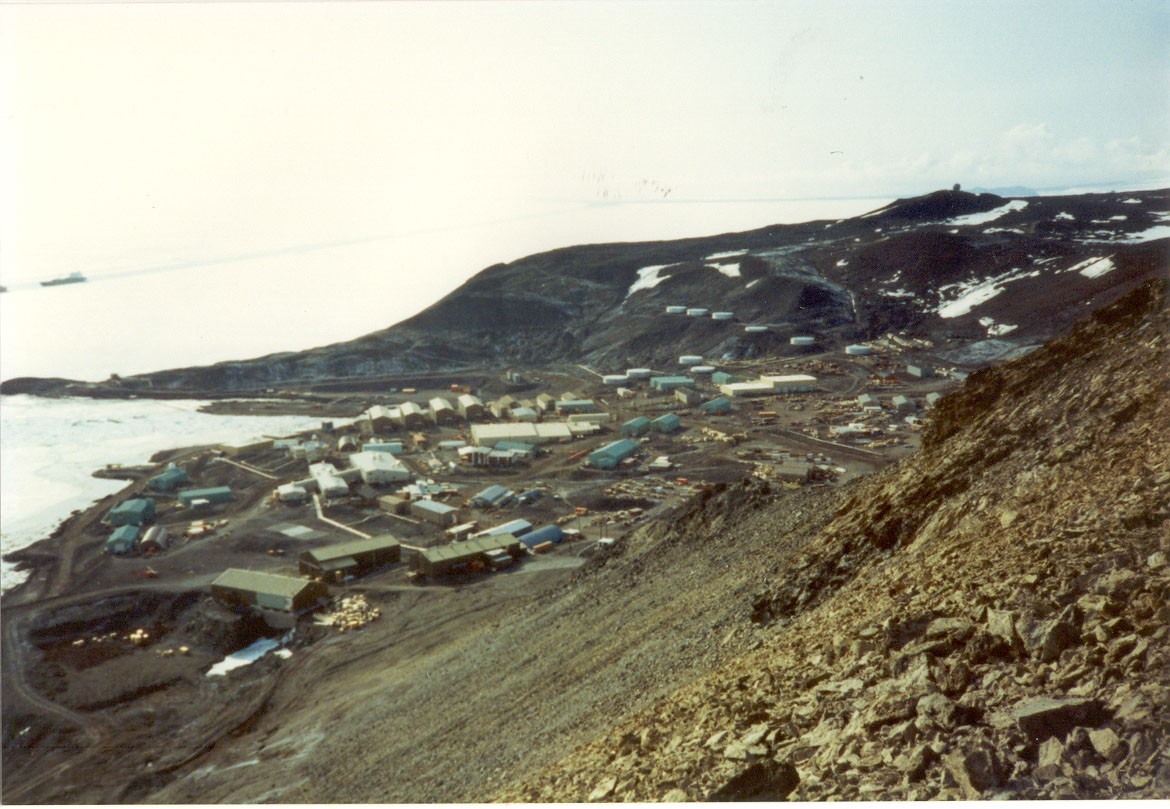
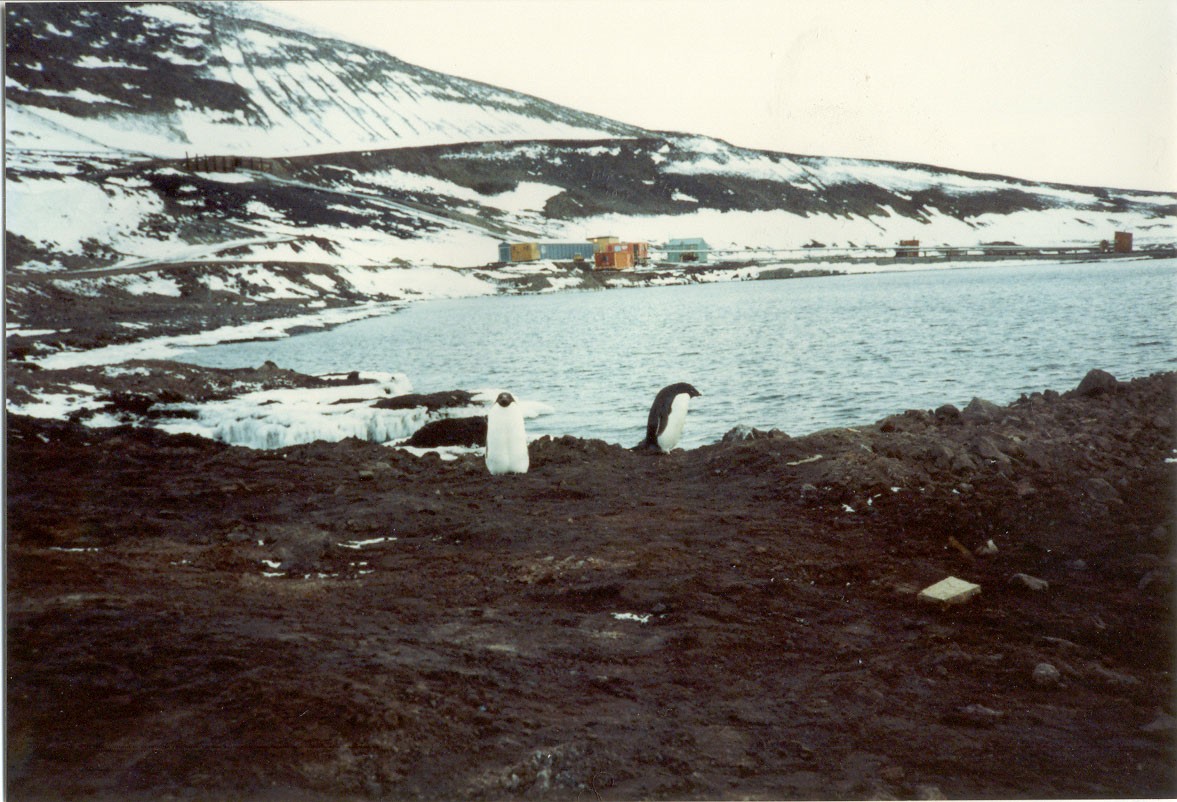
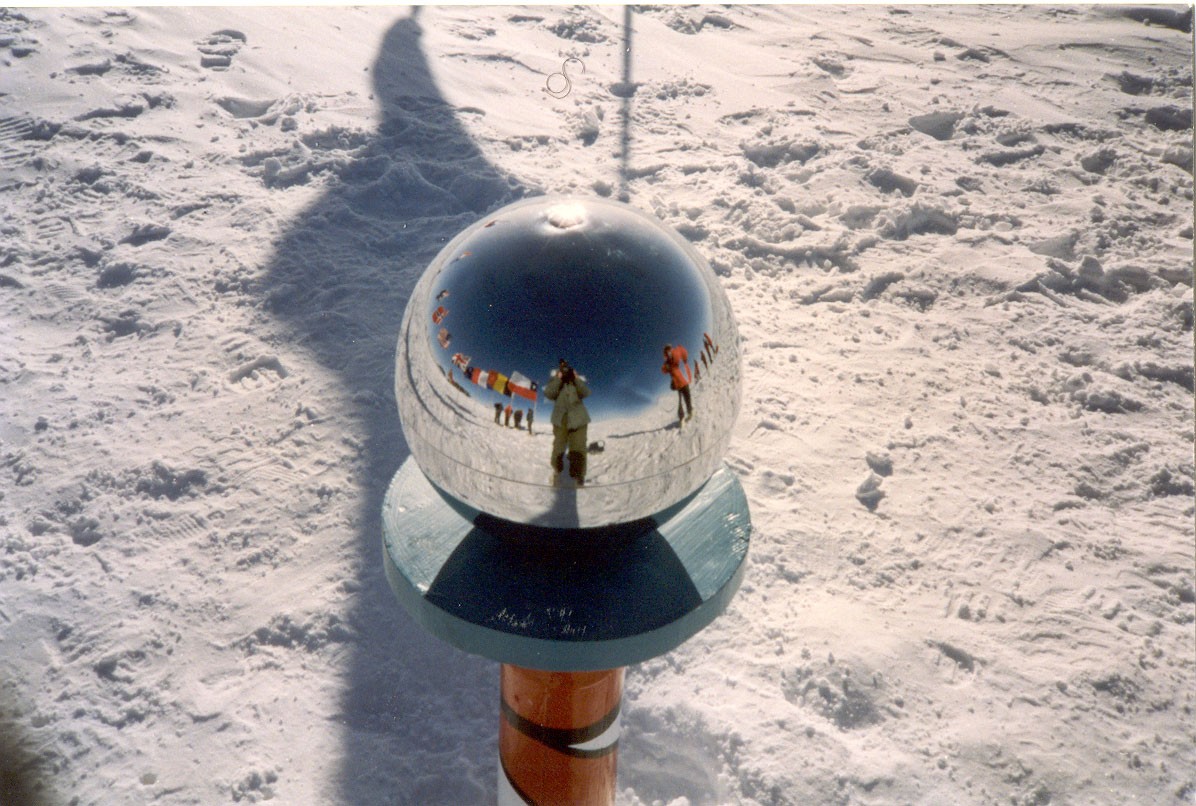
Social Sharing